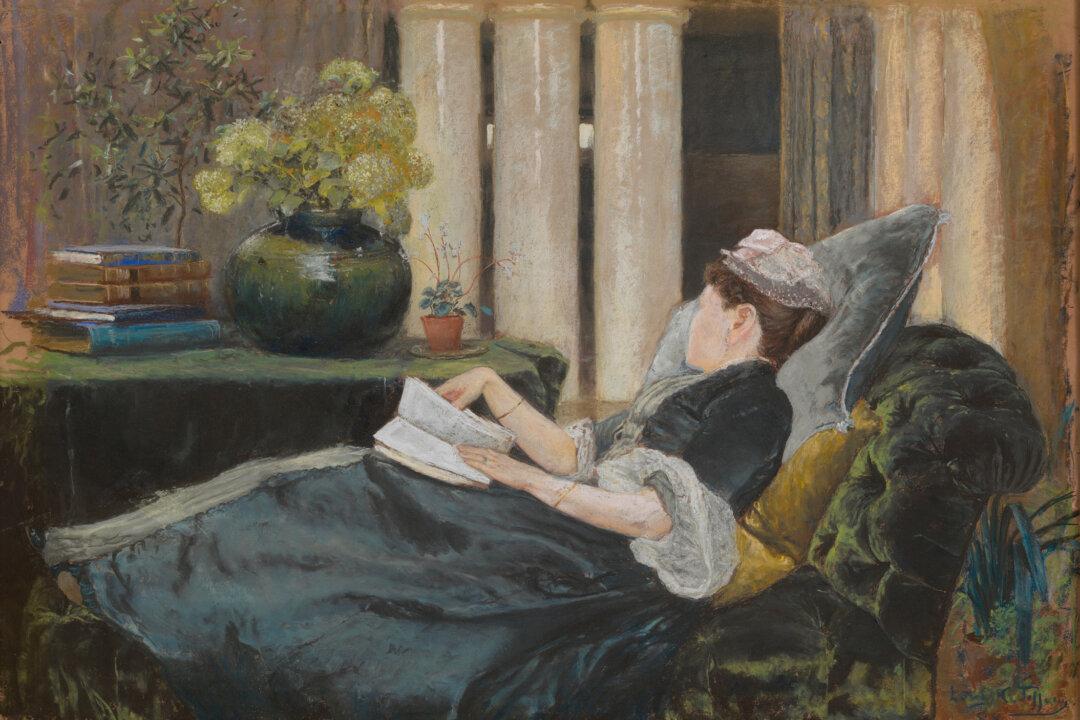NEW YORK—Once in a while, The Metropolitan Museum of Art brings out of its storage vaults some of its rarely seen treasures for a short stint. The “Gilded Age Drawings at The Met“ is such an exhibition. It features late 19th-century American works on paper, created and acquired shortly after The Met was founded in 1870 during the Gilded Age.
Works on paper, including watercolors, pastels, and graphite and charcoal drawings, are especially vulnerable to light, so the exhibition is running only through Dec. 10.






